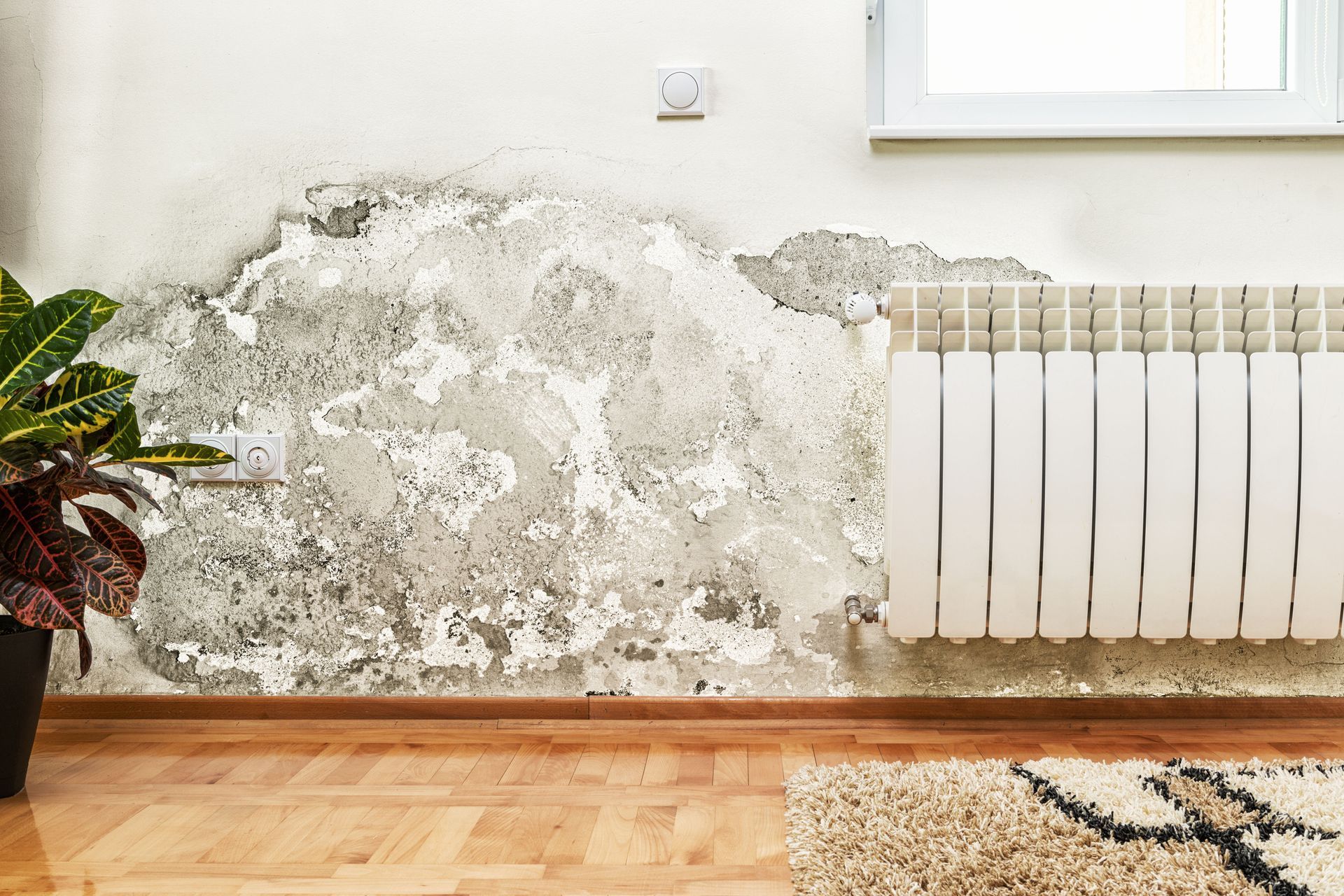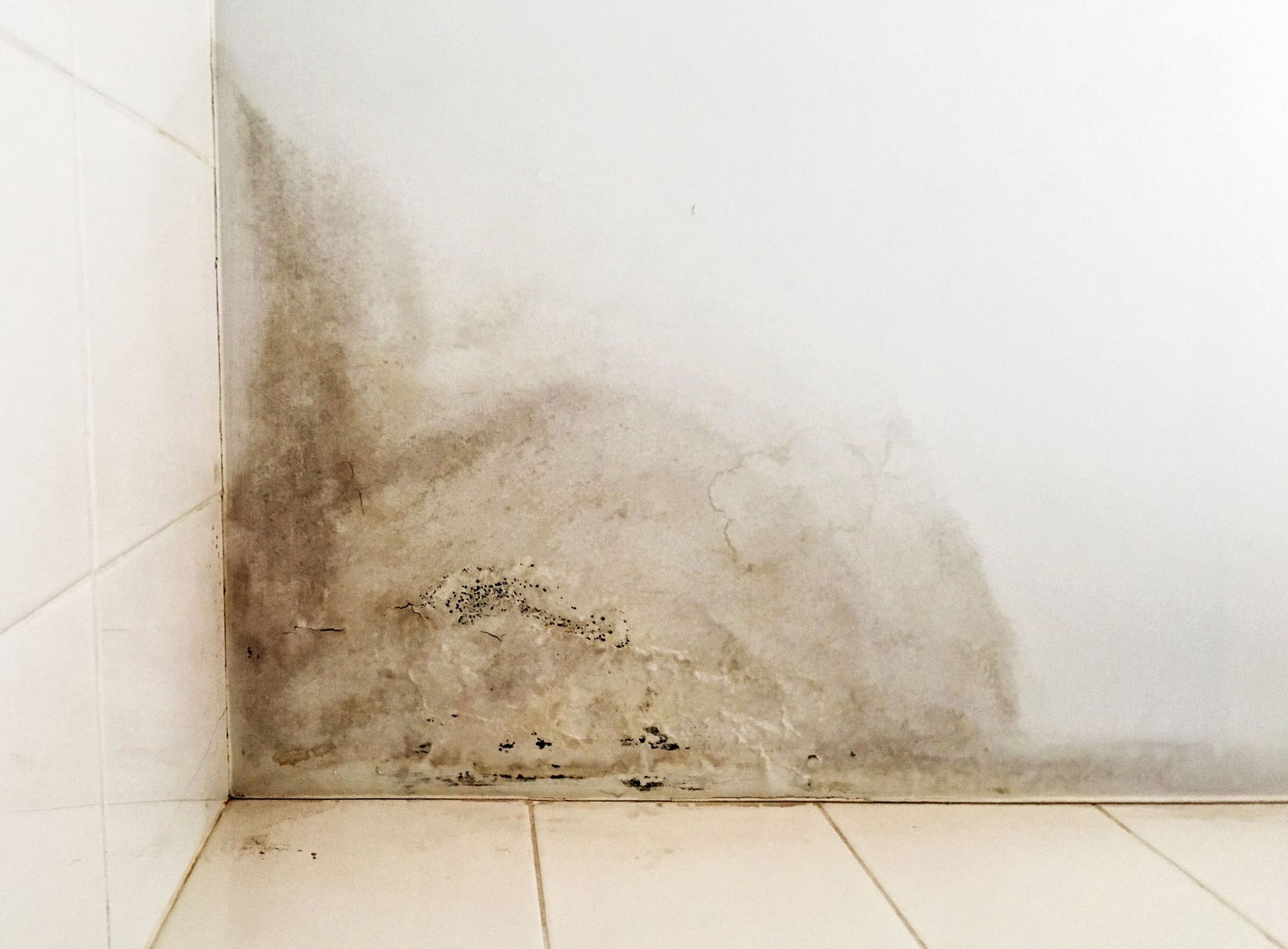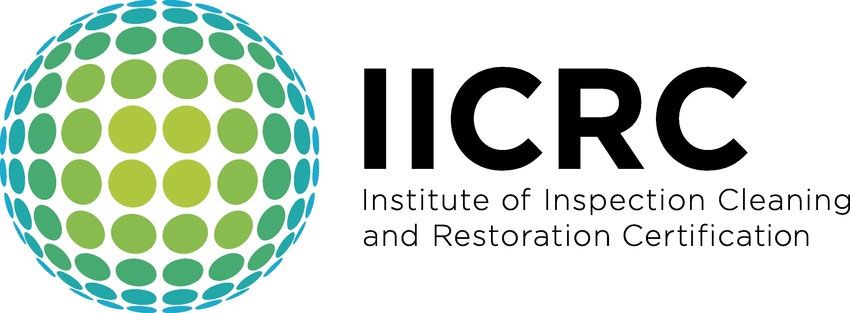What Happens If You Delay Water Damage Remediation?
Water damage can occur due to various reasons, such as natural disasters, plumbing leaks, or appliance malfunctions. Immediate remediation is crucial, but delays are a common issue that can exacerbate problems. By taking prompt action, it's possible to reduce the impact significantly. Let's delve into the various areas of your life that can be affected by water damage, from structural integrity to psychological well-being and environmental implications.
Foundation Deterioration
Delaying remediation can weaken the foundation, leading to shifting and cracking. When water infiltrates a property's foundation, it can erode the material and compromise its integrity. Over time, this erosion can cause significant structural issues, potentially resulting in expensive repairs. Homeowners might be unaware of these underlying problems until visible signs, such as cracks or uneven floors, emerge. Left unchecked, foundation issues can endanger the entire structure, making early intervention critical.
Compromised Walls and Floors
Water can seep into walls and floors, causing them to buckle and decay over time. This infiltration often leads to swelling, peeling, and disintegration of building materials. The structural integrity of walls and floors can be drastically reduced, posing safety risks to occupants. The cost of repairing or replacing damaged walls and floors can be substantial, especially if the problem is widespread. Homeowners should regularly inspect these areas to catch signs of water damage early.
Weakened Roof Structures
Persistent water exposure can rot roof supports, increasing the risk of collapse. Roofs are particularly vulnerable to leaks and water accumulation, which, over time, can undermine their support structures. The damage might not be immediately visible, making regular roof assessments essential to prevent failures. Repairing a roof after significant water damage is not only expensive but also time-consuming, potentially requiring temporary relocation. Maintaining a robust roof is crucial to protecting the home from additional weather-related damage.
Damage to Insulation
Waterlogged insulation loses effectiveness, resulting in energy inefficiency. Insulation is vital for regulating a property's temperature and ensuring energy efficiency. When wet, insulation materials can become compacted and lose their ability to trap air, which diminishes their insulating properties. This inefficiency can lead to increased energy bills as heating and cooling systems work harder to maintain comfortable temperatures.
Pressure on Load-Bearing Structures
Water can add unexpected weight, stressing beams and joists beyond their capacity. When these structural components become saturated with water, they can sag, warp, or even break under the added weight. This pressure can compromise the building's overall stability and safety, making immediate attention crucial. Repairing or reinforcing load-bearing structures is often necessary to prevent further damage and protect occupants. Regular inspections and prompt remediation of water issues are essential to maintaining structural integrity.
Allergic Reactions
Mold spores can trigger or worsen allergies and asthma symptoms. People living in water-damaged environments may experience increased respiratory discomfort and allergic reactions. The presence of mold and mildew is especially problematic for individuals with existing allergies or respiratory conditions. Mold spores are capable of becoming airborne and spreading throughout the property, exacerbating health issues. Addressing water damage quickly can help prevent mold growth and its associated health risks.
Respiratory Issues
Prolonged exposure to mold can lead to chronic respiratory problems. Inhabitants may experience increased wheezing, coughing, and difficulty breathing if mold is present. Mold spores can irritate the respiratory system, leading to long-term health implications if not addressed. Some individuals are more susceptible to these effects, particularly young children, the elderly, or those with compromised immune systems. Effective water damage remediation is vital to preventing mold-related respiratory issues.
Toxin Release
Certain types of mold release toxins, posing serious health risks. These toxic compounds can irritate the skin and respiratory system, and prolonged exposure can lead to more severe health conditions. Toxins can be particularly harmful when mold-infested materials are disturbed, releasing spores and toxins into the air. Implementing mold remediation involves removing the source and cleaning affected areas to prevent toxin dissemination. Homeowners should prioritize addressing any mold or water issues to safeguard their health.
Spread of Pathogens
Dirty water can harbor bacteria, spreading disease and illness. Water damage from contaminated sources, such as sewage backups, poses severe health risks. Bacteria can thrive in damp environments, potentially affecting the entire property. Unsanitary conditions can exacerbate existing health issues or introduce new ailments, requiring medical intervention. Water damage remediation, including thorough sanitation, is essential to restore safe living conditions.
Impact on Indoor Air Quality
Mold and mildew can diminish indoor air quality, affecting all inhabitants. When mold spores proliferate, they contribute to poor air quality, leading to respiratory problems and discomfort. Indoor air quality is crucial for maintaining a healthy and comfortable home environment. Addressing mold through proper remediation and ventilation improvements can enhance air quality. Timely action is necessary to prevent long-term health effects associated with poor air quality.
Stress and Anxiety
The uncertainty and inconvenience of damage can increase household stress levels. When water damage disrupts a home, it creates a stressful environment for occupants. The emotional toll of dealing with damage and repairs can affect mental health, increasing anxiety levels. Managing these emotions is important to maintain a sense of well-being and control over the situation. Seeking professional help and support can alleviate stress and offer guidance during challenging times.
Displacement and Disruption
Severe damage might require temporary relocation, disrupting daily life. Living arrangements may need to be altered while repairs are underway, impacting routines and activities. The upheaval of daily life and the uncertainty of returning home can cause significant emotional distress. To minimize disruption, homeowners should have contingency plans and seek support from friends and family. Timely remediation can reduce the duration and severity of displacement and disruption.
Sense of Loss
Damage to personal property can evoke a profound sense of loss. Sentimental items, such as photographs and heirlooms, may be irreparably damaged by water exposure. This loss can be emotionally distressing, highlighting the value of preventive measures and quick response. While some items may be restored, others may not be salvageable, necessitating coping strategies for dealing with loss. Emotional support and counseling can aid in processing the grief associated with lost belongings.
Increased Repair Expenses
The longer you wait, the more extensive and costly repairs become. According to Today's Homeowner, water damage restoration can cost anywhere from $150 to over $100,000, though most homeowners typically spend between $1,300 and $6,000. Early intervention can mitigate these costs by addressing damage before it worsens and spreads. Delaying remediation increases the likelihood of needing comprehensive repairs and replacements, which can be financially burdensome. Homeowners should weigh the initial costs of immediate action against the potential long-term expenses of neglecting water damage.
Pest Infestations
Water damage creates environments conducive to pests, which can further increase repair costs. Moisture-attracting pests, such as termites and rodents, can infiltrate homes with water damage, exacerbating issues. These pests can cause additional structural damage, making remediation more complex and expensive. Effective water damage remediation should include pest control measures to prevent infestations. Regular property inspections can identify potential pest problems related to moisture before they escalate.
Delaying water damage remediation can lead to severe structural, financial, and health consequences. The sooner remediation is addressed, the lower the risks and costs. Through proactive measures and timely action by professionals at Premier PCS Water Restoration, these issues can be mitigated, ensuring a safer and more sustainable living environment. You can give us a call today to get started with a free consultation!




Share On: